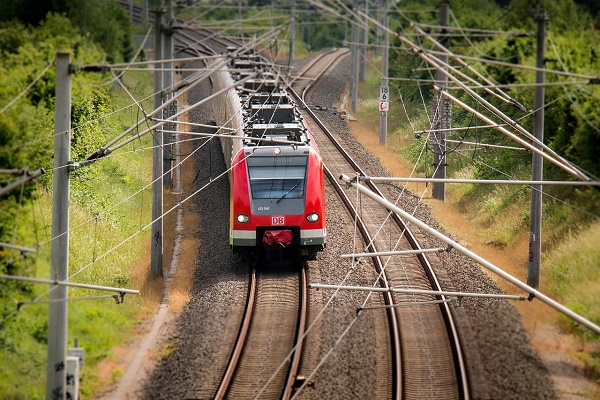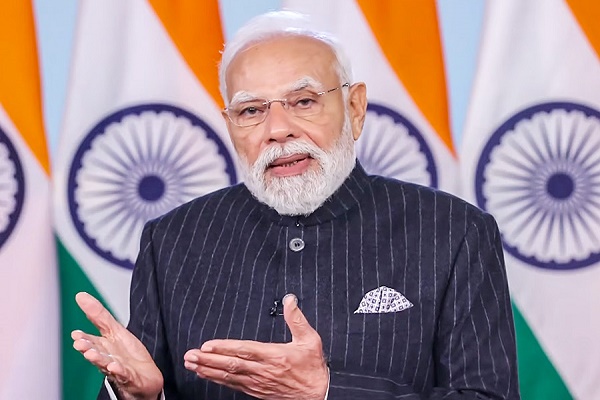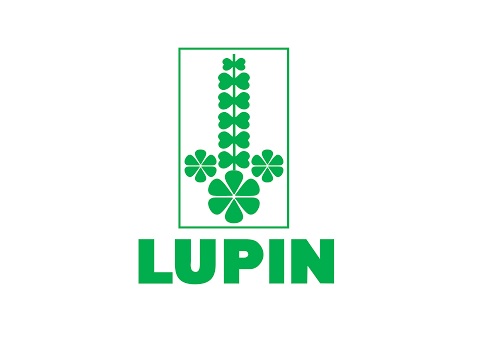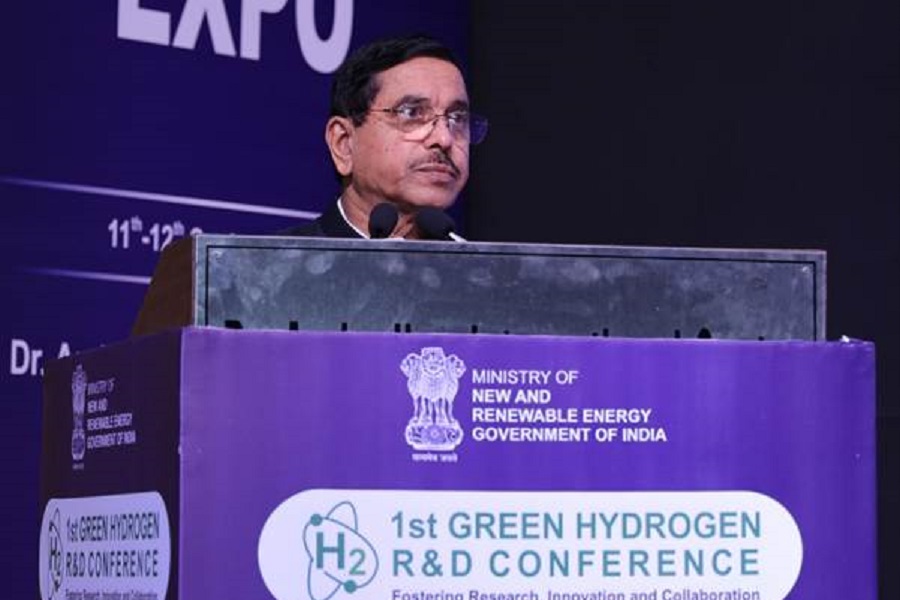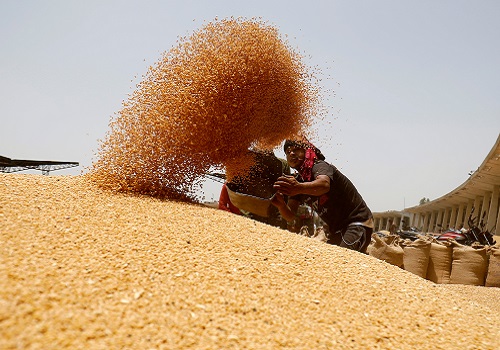Rice Revolution: Global Prices Soar 7% in a Month Amid High Demand and Seasonal Shifts by Amit Gupta, Kedia Advisory
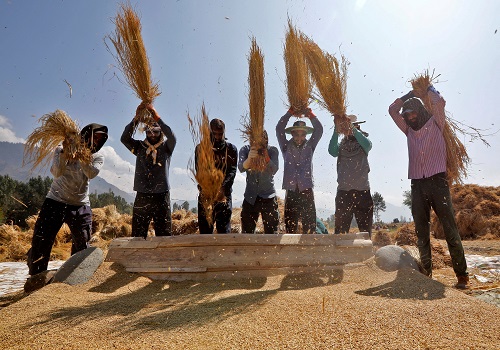
Amidst heightened demand and the close of the season, global rice prices have surged by 7%, reaching a 15-year peak. India's export restrictions and a short supply of 16 million tonnes have contributed to the spike, impacting prices in key rice-producing nations such as Thailand and Vietnam. Despite varied pricing strategies among nations, the trend is marked by a shortage in physical rice supply globally. With climate-related challenges affecting major producers, including India and Indonesia, the rice market anticipates continued firmness in prices, creating a ripple effect on the international trade landscape.
Highlights
Global Rice Price Increase: Rice prices in the global market have surged by 7-8% in the past month, reaching a 15-year high. This increase is attributed to high demand and low supplies.
Seasonal Factors and End of Season: The end of the season has led to a decrease in rice arrivals, contributing to the surge in prices. Despite good availability in India, global physical supply of rice is low.
Short Supply Due to India's Ban: India's ban on white and broken rice grades has resulted in a short supply of at least 16 million tonnes in the global market, accounting for nearly a third of the annual trade.
Price Increase in Various Countries: According to the International Grains Council, rice prices in Thailand have increased by 39%, Vietnam's by 44%, and India's parboiled rice by 40% in 2023.
Export Dynamics: India's ban on exports of non-basmati white rice has contributed to the global supply shortage. Parboiled rice from India is quoted at $525 a tonne, attracting an additional 20% export duty.
Competitive Pricing by Countries: Different countries have varying price quotes for rice. Thailand, Vietnam, and Pakistan offer different rates, with Pakistan being the most competitive at $593-597.
Vietnam's Situation: Despite a dearth in sales, Vietnam's rice prices have reached their highest nominal level since 2008 due to previously contracted deals in a tight supply context.
Global Trade Revision and Forecasts: The Food and Agriculture Organisation (FAO) and the International Grains Council (IGC) have revised global trade figures. The IGC has revised the 2023-24 global trade down by 4% to 50 million tonnes due to softer buying interest from Asia and Africa. However, the US Department of Agriculture suggests a slight increase in supplies, lower trade, less consumption, and higher ending stocks.
Impact of Weather Conditions: El Nino has impacted rice production in India, Indonesia, and Thailand, leading to drought and prolonged dry periods, affecting the overall global rice supply.
Expectation of Firm Rice Prices: Rice prices are expected to remain firm in the coming months due to the anticipation of the new crop arrival in Asia in February-March.
Increased Demand from Countries like Indonesia: Countries such as Indonesia, which is looking to buy 2 million tonnes, are contributing to the increased demand for rice to meet domestic needs.
Conclusion
The current surge in global rice prices, fueled by a complex interplay of high demand, seasonal factors, and export restrictions, underscores the intricate dynamics of the rice market. As nations grapple with supply shortages and changing weather patterns, stakeholders must navigate this challenging landscape. The sustained firmness in prices, coupled with increased demand from countries like Indonesia, sets the stage for a period of market volatility, requiring strategic decision-making by players in the global rice trade.
Above views are of the author and not of the website kindly read disclaimer


.jpg)

